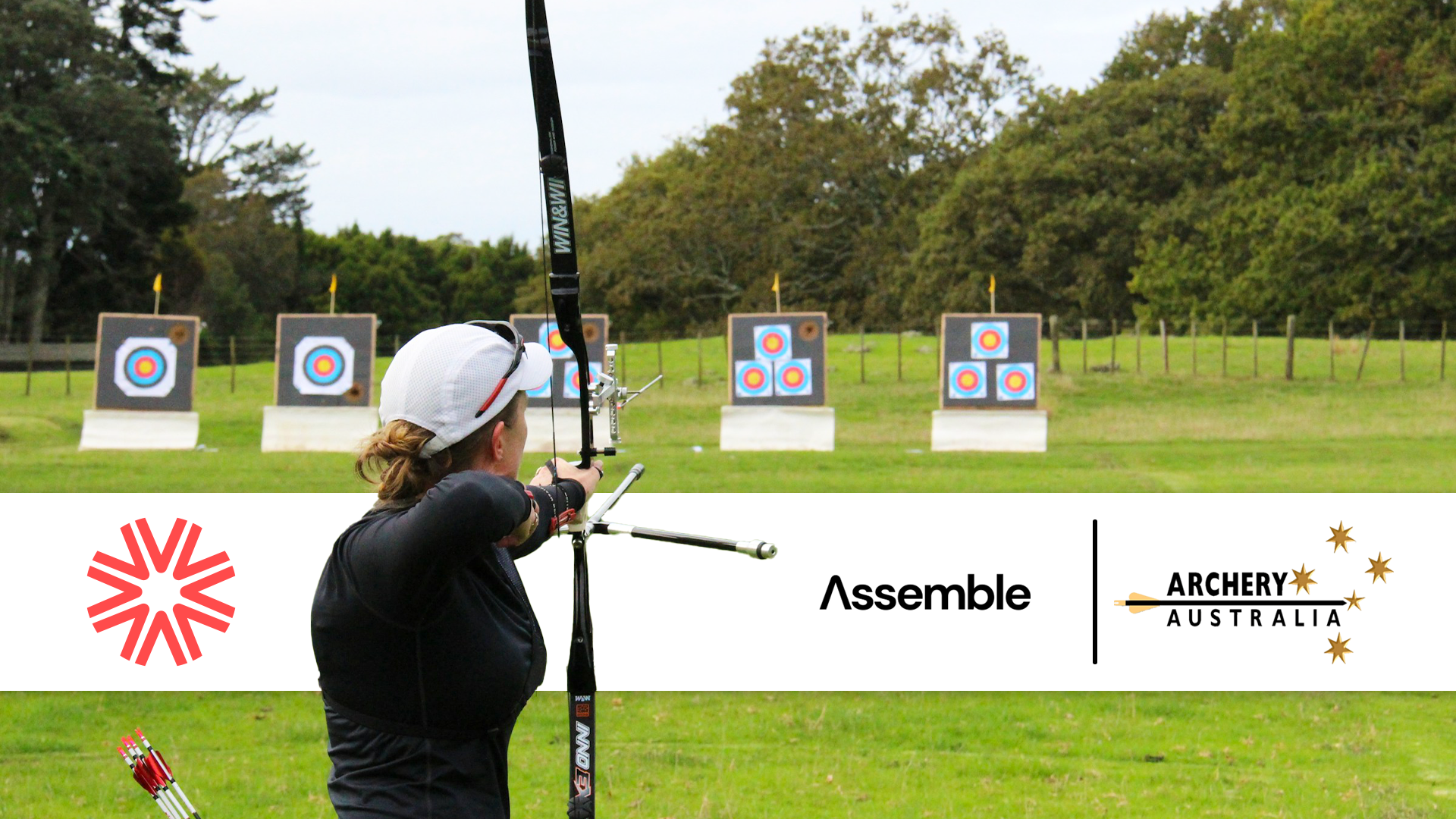It is a common understanding that sports engagement is declining in adolescents, the extent of which is mind-boggling and troubling, a Vic Health paper from 2021 revealed that at the age of 15 sports participation halves. Leaving sporting bodies grappling with the big question of Why? It can’t simply be time availability and getting jobs, while this is a factor, it has always been a factor, and it does not explain the increasing rates of non-participation.
The same study reveals that individuals at this age spend 40 minutes being active per day, compared with 180 minutes on screen-based activities. Over the years, many sporting bodies have seen statistics like this and, for too long, have fought a losing battle of trying to compete with adolescents' obsession and love for technology. Seeing it as the enemy and trying to pry them away from their screens instead of using tech as the solution and engaging teens using these platforms. The sports industry has believed for years that youth are losing interest in sports and, therefore, no longer participating. But what if this wasn’t the case? What if it wasn’t about their attitude towards sport but instead the way it is accessible to them as a technology-minded generation.
The growth of fantasy sports is a fascinating study. In 2015 adolescents accounted for only 11% of fantasy sports users in the US, by 2017, this number rose to be 27% of US fantasy sports participants. Showing that while participation at this age was halving, participation in digital versions of these sports was more than doubling. So what changed, the platforms and ways youth could access these sports. A lack of digitalisation in local sport is making it less accessible to a generation that interacts with the world through technology. Through implementing gamification into sports technology, displaying statistics, replays and highlights through tech platforms, and incorporating social engagement through technology can lead to greater levels of participation among adolescents.
Further to this sport participation halves at the age of 15 where sport becomes serious and the effort and development energy is invested only in those whose potential sparks the interest of managers, coaches and club people. Many youth fall away from sport as their interest in the sport, personal, developmental, or enjoyment is no longer accessible.
While developing elite talent is important, the limited resources of grassroots sport often leads to those without the potential or talent to progress through elite pathways often falling away from the sport. These incidents coincide with two factors: the limitation of volunteer time, and the feeling that sport has diverged from the motivations that led the adolescent to participate. Both of which can be assisted by the use of well-designed sports based tech. Through well-designed and easy-to-use sports management and administration tools the workload of volunteers can be reduced, making the concept of volunteering more accessible.





